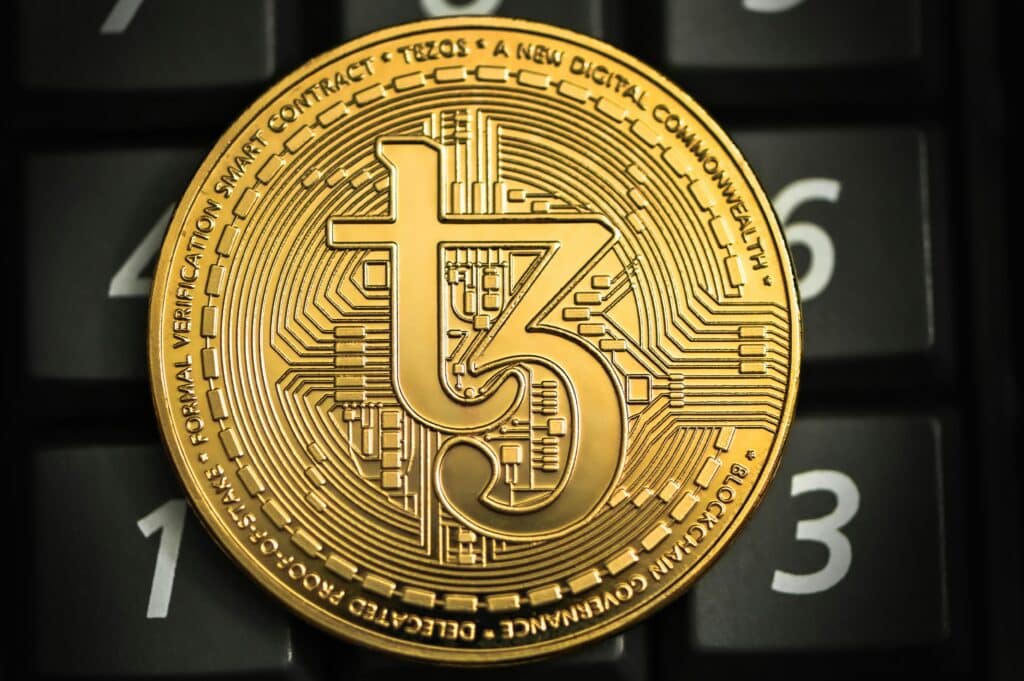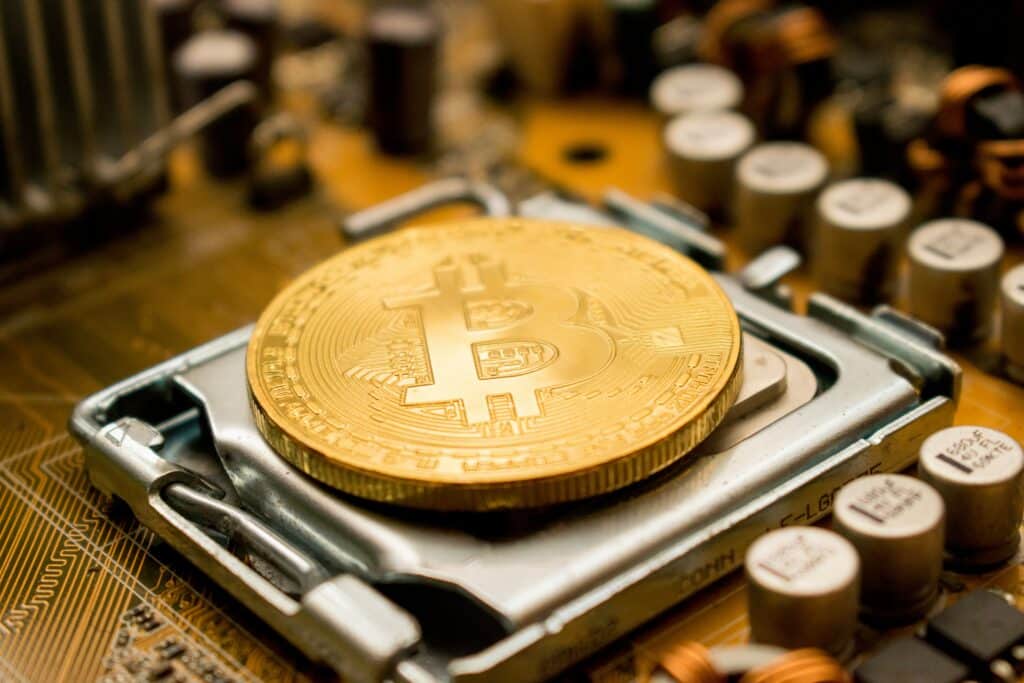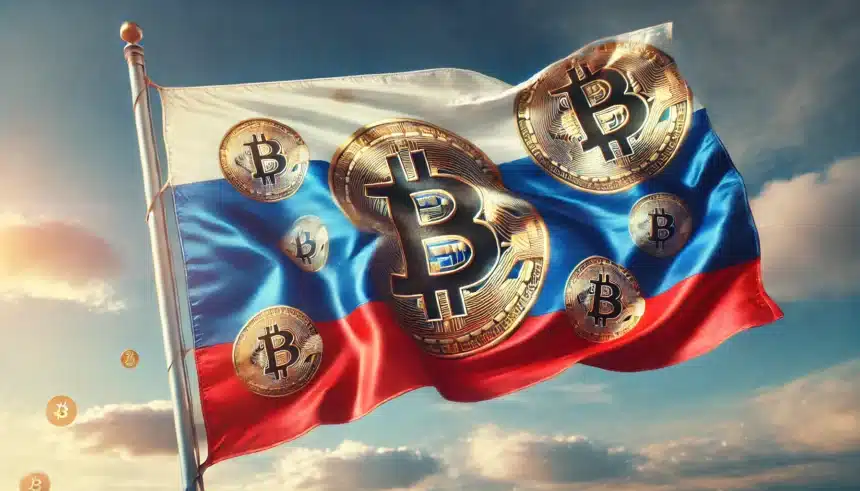Russia is preparing to introduce two new crypto exchanges, one in St. Petersburg and another in Moscow, as part of an effort to ease the economic challenges posed by international sanctions. These exchanges are expected to focus on the development of stablecoins, a type of cryptocurrency designed to maintain a stable value, rather than traditional crypto trading.
Russia’s Financial Sector Faces New Directions
Russia’s financial sector has been significantly impacted by international sanctions, prompting the country to explore alternative financial mechanisms. As part of this exploration, Russia is planning to establish at least two domestic crypto exchanges. The St. Petersburg Exchange may utilize the infrastructure of the St. Petersburg International Mercantile Exchange, while the exact structure of the Moscow Exchange is yet to be determined.
There are discussions about whether the Moscow-based exchange could integrate with the Moscow Stock Exchange or operate under a new experimental legal regime. The development of these exchanges is part of a broader strategy to create stablecoins, including those pegged to the Chinese yuan and a basket of BRICS currencies.
The Role of Stablecoins
Stablecoins are cryptocurrencies that aim to maintain a consistent value by being linked to a stable asset, such as a fiat currency. Russia’s primary goal for these new exchanges is to develop and support stablecoins, which could provide a more stable mechanism for international transactions. This focus on stablecoins is seen as a potential way for Russia to mitigate the financial challenges posed by sanctions, offering an alternative to traditional financial systems.

Currently, Russia’s cryptocurrency industry is regulated by the local law “On Digital Financial Assets,” which provides a basic framework for digital assets but does not include specific guidelines for operating crypto exchanges. To address this gap, the new exchanges will initially function under an experimental legal regime. This approach will allow for a controlled environment to develop and test the effectiveness of these new financial instruments.
Gradual Implementation and Future Prospects
The launch of these exchanges will be gradual, starting with a limited user base before potentially expanding to include larger businesses involved in export and import activities. This phased rollout will allow Russia to ensure that the infrastructure and regulatory framework are capable of handling the complexities of digital finance.
The establishment of these crypto exchanges is in line with ongoing discussions between Russia’s Finance Ministry and the central bank. Finance Minister Anton Siluanov has stated that while discussions are advancing, no final decisions have been reached. This careful approach reflects the broader uncertainties and considerations that come with the introduction of new financial technologies.

This development follows a recent legislative move by President Vladimir Putin, who signed a law in early August legalizing crypto mining. This legislation is viewed as a step towards creating a legal framework for the issuance and circulation of cryptocurrencies in Russia. Additionally, Russian lawmakers have been considering the introduction of gold-backed tokenized assets managed by the central bank as a possible solution for cross-border payment issues. However, this initiative is still in the discussion phase and has not yet advanced to development.
Looking Ahead
The introduction of these new crypto exchanges in St. Petersburg and Moscow represents a significant step in Russia’s ongoing efforts to adapt to the financial challenges posed by international sanctions. The focus on stablecoins is part of a broader strategy to create reliable financial instruments that could offer an alternative to traditional systems. While the global regulatory environment for cryptocurrencies continues to change from time to time, Russia’s approach will be closely observed by both domestic and international stakeholders. The experimental legal regime under which these exchanges will operate provides a degree of flexibility but also highlights the uncertainties inherent in the adoption of new financial technologies.





























